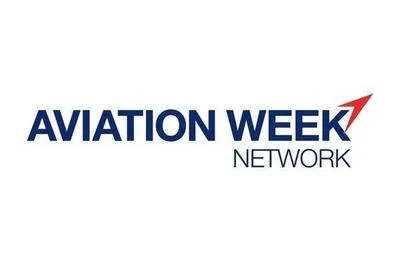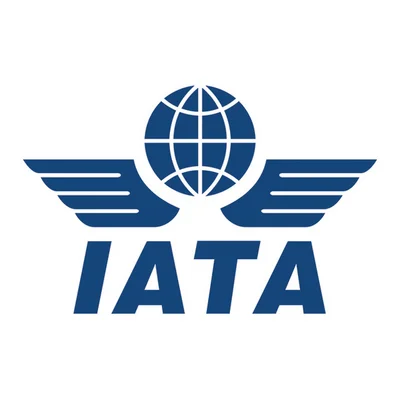The Boeing 787 Dreamliner, initially hailed as a breakthrough in aviation, has faced significant challenges due to its outsourcing strategy. Boeing's decision to delegate major production responsibilities to over 50 international suppliers aimed at reducing costs and accelerating development, but instead led to supply chain disruptions and delays.
Boeing's approach marked a departure from its traditional manufacturing practices. Historically, the company maintained vertical integration, conducting most of its production in-house. However, for the 787 Dreamliner project, Boeing distributed design and production tasks globally. Suppliers from countries like Japan and Italy were responsible for critical components such as fuselage sections and wings.
This strategy resulted in compatibility issues and communication gaps. According to Supply Chain Digital, these problems weakened Boeing's control over the project. Delays extended the Dreamliner's first flight by over two years and added billions in unexpected costs. Forbes highlighted that Boeing underestimated the complexity of managing an extensive supplier network.
 Alerts Sign-up
Alerts Sign-up




































